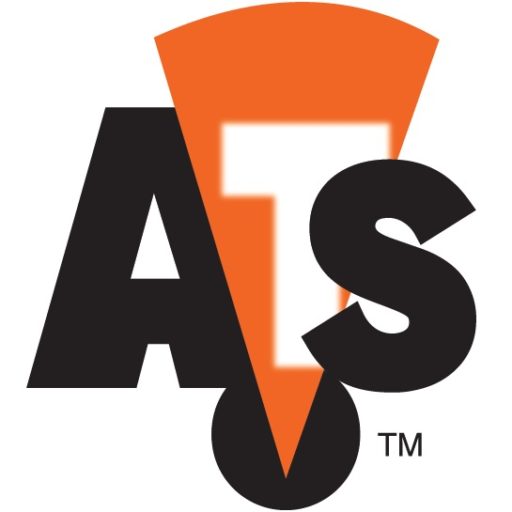Lubrication is one of the most important aspects of bearing life, and conversely, bearing failure. It is estimated that over half of all bearing failures are directly related to some form of improper lubrication. Improving lubrication practices is and has been a great challenge for many facilities. Development of new lubricants, optimized PM schedules, and a variety of other advancements have had a positive effect on bearing life. A large number of maintenance groups, lubrication specialists, and reliability professionals are also utilizing ultrasound to improve their lubrication practices even more.
The main goal of a lubrication program is simple: to keep rotating equipment running in good condition. The dangers of under and over lubrication are well documented, but what exactly is the proper amount of lubricant for each asset? PM schedules have helped dictate some time based estimations for this question, but do not always provide the correct answer in every instance.
How exactly does ultrasound help in the lubrication process? A major benefit from condition monitoring bearings with ultrasound is the ability to know when to add lubricant and when to stop adding lubricant. If the condition of a bearing remains constant from reading to reading, no actions should be taken. If changes are noticeable, the ultrasound equipment can help find the lubrication “sweet spot”. The important difference between this and a PM schedule, is the bearing itself determines the amount of lubricant added. This is not the case with traditional PM schedules that can over and under lubricate bearings, causing damage and decreasing the usable life of the asset.
It is also important to note that learning to properly utilize this technology may take some time and practice. Setting appropriate testing schedules, establishing a baseline for different types of assets, discerning the appropriate amount of lubrication to add based on the data, and many other scenarios will undoubtedly be a challenge early in this process. That being said, the benefits of implementing ultrasound in your lubrication route far outweigh the difficulties you may encounter initially.
Significant cost avoidance can be realized with an effective and efficient lubrication program utilizing ultrasound technology. If you’re not already using this technology for lubrication purposes, it might be time to re-evaluate your program and take the next step.






0 Comments